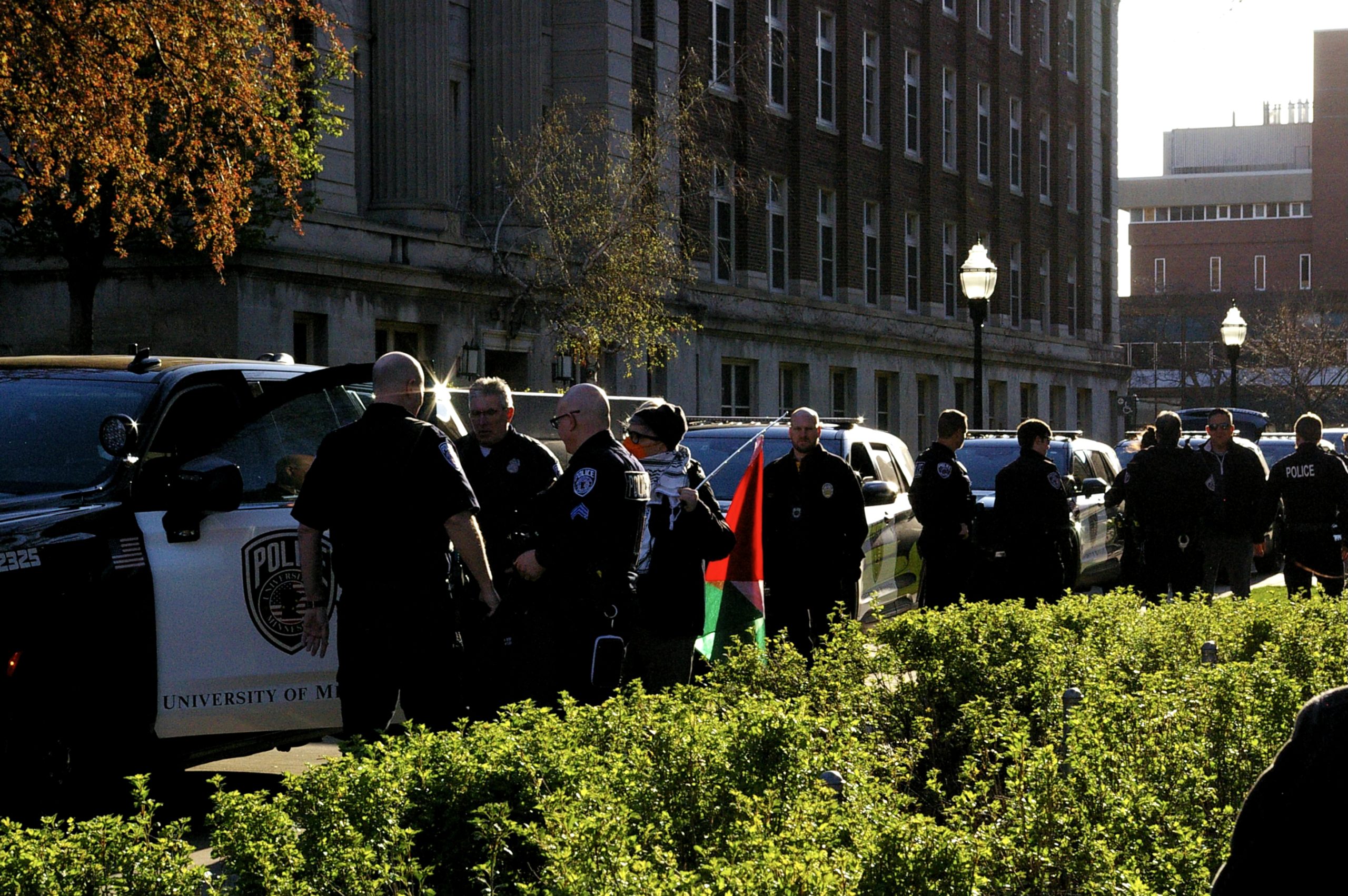As someone professionally involved with the care of Hepatitis C patients on a daily basis, I must respond to the rather frightening article in the Sept. 6 Daily. According to the article and some other recent press, what was once the relatively anonymous and benign sounding non-A, non-B hepatitis prior to 1990 is now the “silent killer of pandemic proportions.”
Hepatitis C is an important public health issue today. And actually, much positive progress has been made in detecting, diagnosing, characterizing and treating this difficult disease in the past decade.
Hepatitis C virus, or HCV, is now treatable, controllable and, in many cases, curable.
Awareness of HCV is important for everybody. Awareness can lead to testing of those who think they might be at risk for the disease for any reason, such as past or current IV drug use, cocaine sniffing, blood transfusions prior to 1992, tattooing and body piercing, military service and unprotected sex with multiple partners.
Testing is a two-part process. First, blood is tested for HCV antibody, which marks exposure to the disease. If you have given blood since 1992, you have had this test, and you were notified if the antibody was present. Next, testing for the presence of the virus with a second test confirms the current presence of virus. Knowing you have HCV allows you to make some decisions that may be lifesaving.
Most importantly, the combination of HCV and alcohol is deadly. The damage done by both together is much greater than either alone. HCV is very slowly progressive unless alcohol is also a factor. The chance of developing cirrhosis — extensive scarring of the liver — increases with the amount of alcohol one drinks. The chance of cirrhosis without alcohol is less than 15 percent. If you carry the diagnosis of HCV, abstinence from alcohol is the only positive choice.
Other viral hepatitis infections can also be prevented. While there is no vaccine for HCV, vaccines for Hepatitis A and B are readily available and should be done for all folks who have HCV. (Hepatitis A is a food-borne disease; Hepatitis B is blood-borne like HCV.)
While treatment for HCV is difficult, its effectiveness has increased at least three times over what it was a couple of years ago. In some types of HCV, the current therapy of combining interferon and ribiviron will cure about 25 percent of cases, and in other types, 70 percent of cases. The type of HCV refers to the virus’ genetic makeup. Unfortunately, the most common type in the United States is the least responsive to the current treatment. Finding better, more tolerable drugs against HCV is being intensely studied. Research is supported by the National Institutes of Health, the American Liver Foundation, the Hepatitis Foundation and various drug companies. Studies are available here at Fairview University Medical Center and other local members of the Midwest Hepatitis Study Group.
Transmission is a worry for someone diagnosed with HCV. While the virus might be in other body fluids, it seems to be only transmitted by blood. Sharing razors or toothbrushes, which can carry small amounts of blood, may spread the virus, but sharing a cup or a spoon will not. Protected sex is recommended, especially if you might have multiple partners. A 10 percent bleach solution is recommended for cleaning any blood spilled from an infected person.
If you think you might have HCV, get tested. Then talk the results through with a doctor, preferably a hepatologist. With awareness and sound medical advice, you have more control over this virus than you might think. More information is available at Boynton, FUMC Medicine Clinic and the American Liver Foundation (1-800-GO-LIVER).
Sue Fredstrom is the Hepatitis C study coordinator in the Department of Medicine’s Division of Gastroenterology, Hepatology and Nutrition. Send comments to [email protected].










